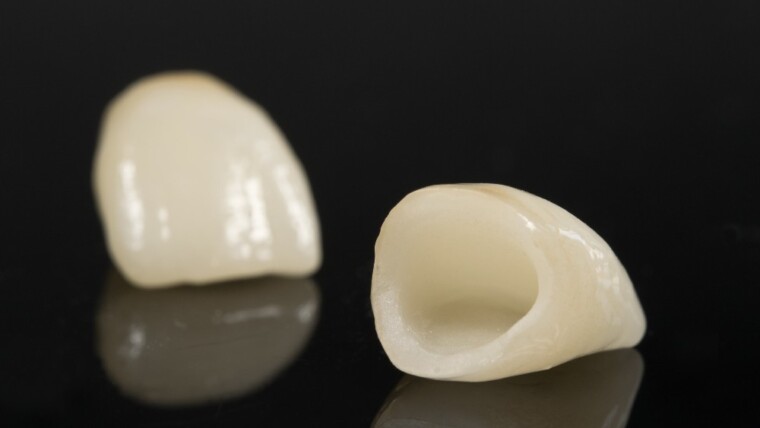Wisdom teeth, also known as third molars, typically emerge in our late teens or early twenties. While some individuals may have sufficient room in their jaws to accommodate these teeth without issue, many others experience complications necessitating their removal. If you’re facing the prospect of wisdom teeth extraction, understanding the procedure can alleviate anxiety and promote a smoother recovery. Let’s delve into the step-by-step process of how wisdom teeth are removed.
- Initial Consultation: The journey begins with an initial consultation with your dentist or oral surgeon. During this appointment, they will evaluate the positioning of your wisdom teeth through X-rays and assess whether extraction is necessary. They’ll also discuss the procedure, potential risks, and answer any questions or concerns you may have.
- Preparation: Before the extraction, your dental professional will explain preoperative instructions, which may include fasting for a certain period and discontinuing certain medications that can interfere with the procedure or increase bleeding risk.
- Anesthesia: On the day of the extraction, you’ll receive anesthesia to ensure you’re comfortable and pain-free during the procedure. The type of anesthesia administered varies depending on factors such as the complexity of the extraction and your preference. Options may include local anesthesia, sedation, or general anesthesia.
- Incision: Once you’re comfortably numb, the oral surgeon will make an incision in the gum tissue to access the wisdom tooth and underlying bone. In cases where the tooth is impacted or partially erupted, the surgeon may need to remove some bone tissue to access it fully.
- Extraction: Using specialized instruments, the dentist or oral surgeon will carefully extract the wisdom tooth from its socket. In some instances, the tooth may need to be divided into smaller pieces for easier removal. Although you may feel some pressure during this process, you shouldn’t experience any pain due to the anesthesia.
- Closure: After the tooth is removed, the surgical site will be thoroughly cleaned to remove any debris or bacteria. Depending on the case, the surgeon may choose to stitch the incision to promote optimal healing. These stitches are typically dissolvable and don’t require removal.
- Recovery: Following the procedure, you’ll be moved to a recovery area where you’ll be monitored until the effects of anesthesia wear off. Your dental professional will provide postoperative instructions regarding pain management, diet restrictions, and oral hygiene practices to promote healing and prevent complications such as infection.
- Follow-up: It’s essential to attend follow-up appointments as scheduled to ensure proper healing and address any concerns or complications that may arise. Your dentist or oral surgeon will monitor your progress and remove any stitches if necessary.
- Healing: While the initial recovery period varies from person to person, most individuals can expect some degree of swelling, discomfort, and mild bleeding in the days following the procedure. Applying ice packs, taking prescribed pain medication, and sticking to a soft diet can help alleviate these symptoms and promote healing.
- Long-term Benefits: While wisdom teeth removal may seem daunting, it’s a proactive step towards maintaining oral health and preventing potential complications such as crowding, impaction, infection, and damage to adjacent teeth. With proper care and follow-up, you can expect a smooth recovery and enjoy improved oral health in the long run.




